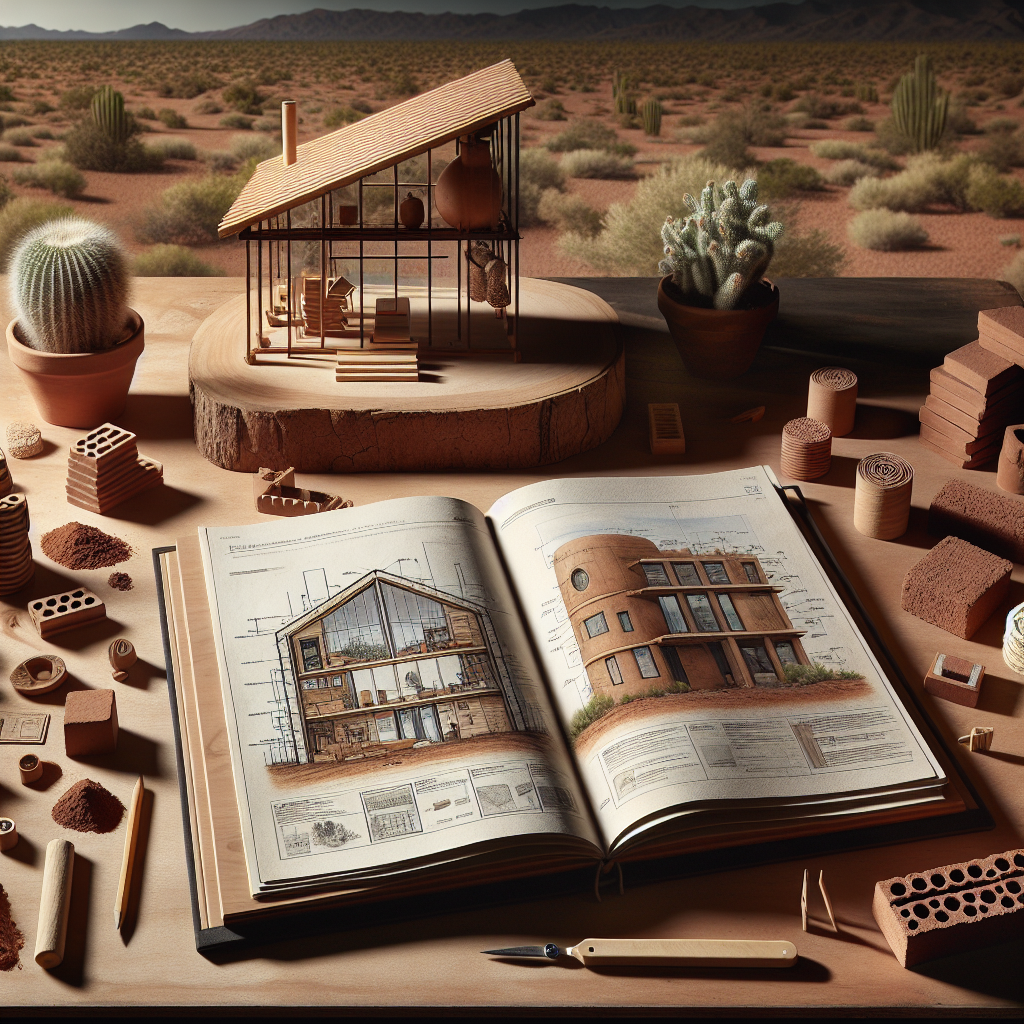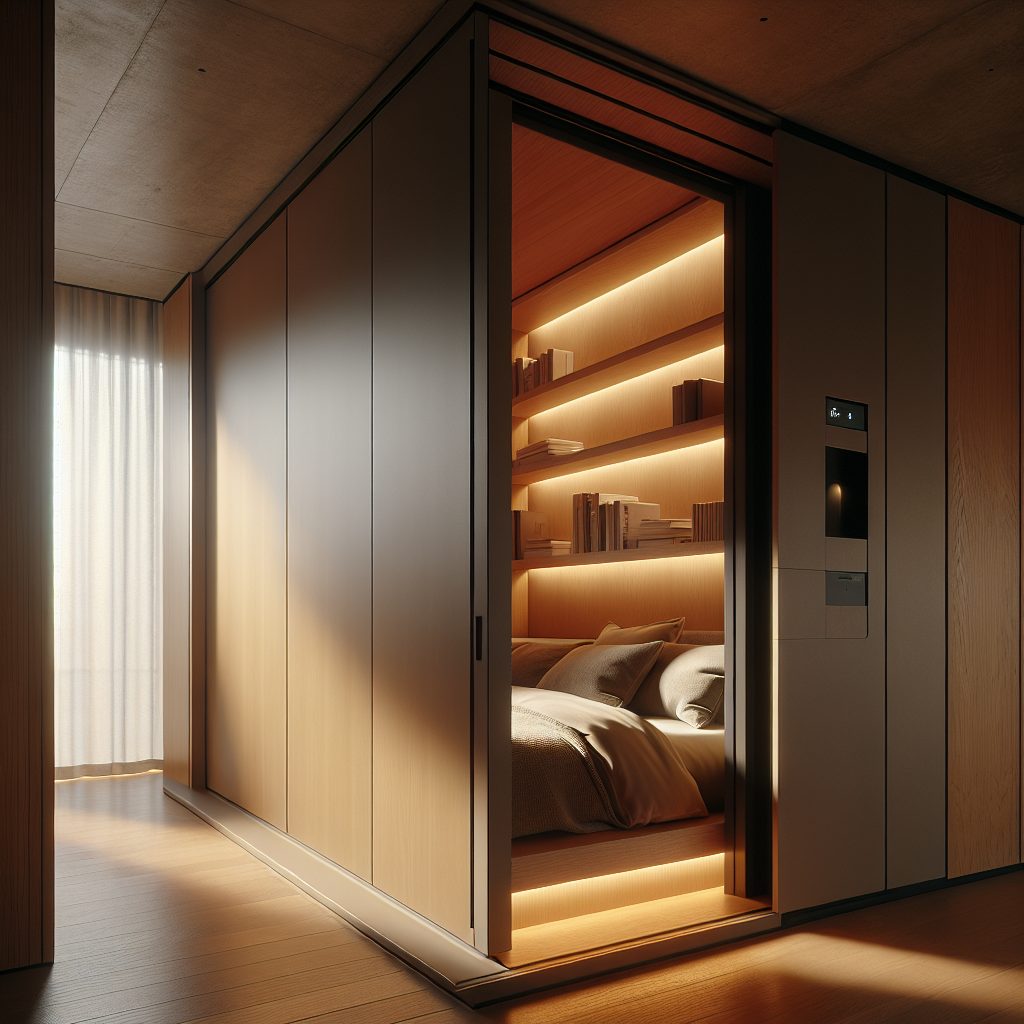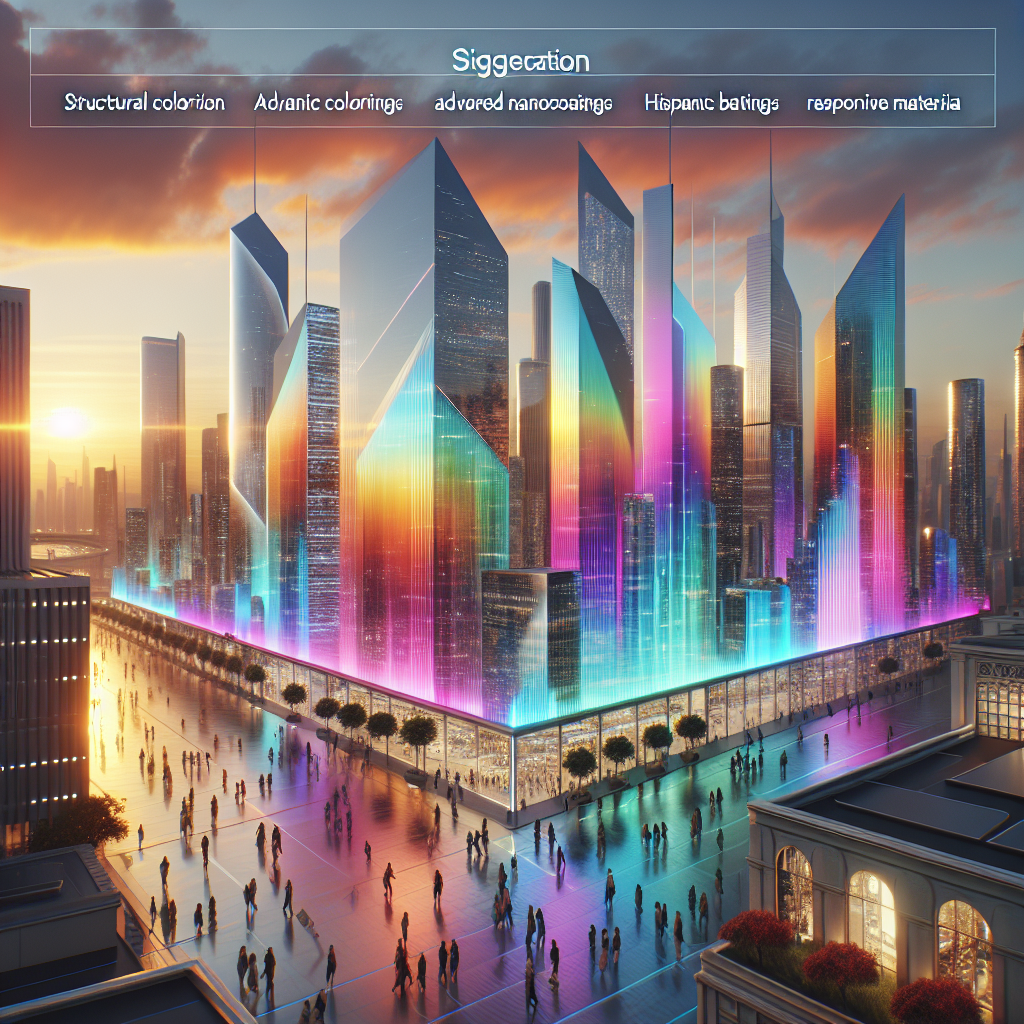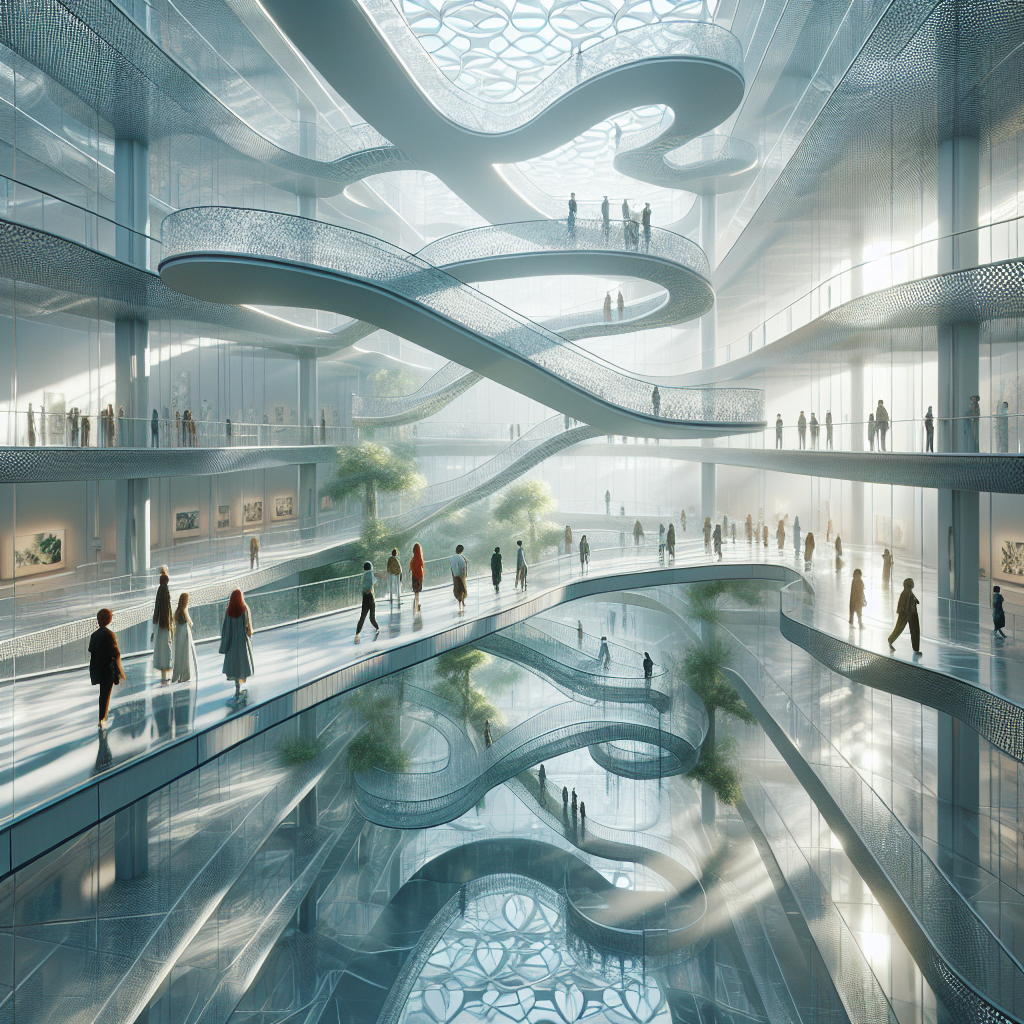The Impact of Climate on Local Material Choices in Architecture
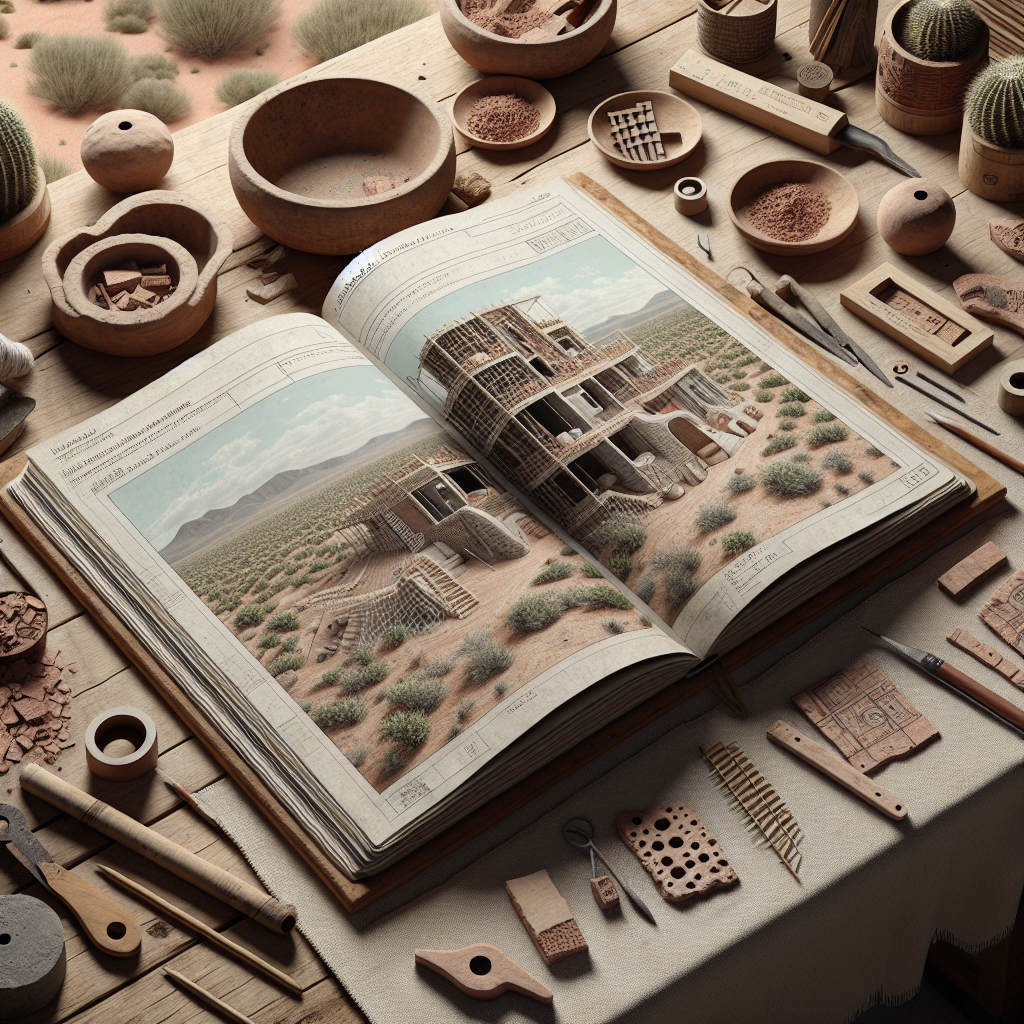
Embracing the Climate-Responsive Design Ethos
The architectural fabric of our built environment is undergoing a profound transformation, spurred by the urgent need for sustainability and resilience in the face of climate change. Architects and designers are increasingly turning to local materials as a means to reduce carbon footprints, enhance energy efficiency, and celebrate regional character. This paradigm shift is not merely a trend but a necessary pivot towards a more harmonious relationship between architecture and the environment.
Local Materials: A Cornerstone of Sustainable Architecture
The use of local materials in architecture is far from a novel concept. Historically, the availability of resources dictated the construction techniques and material choices of a region. Today, this concept is being revisited with a modern twist, integrating advanced technologies and innovative design strategies. The sustainable architecture movement champions materials such as bamboo, adobe, rammed earth, and locally sourced timber, not only for their low environmental impact but also for their innate ability to respond to local climatic conditions.
Climate as a Determinant of Material Selection
The climate of a region plays a pivotal role in shaping its architectural identity. In hot and arid climates, materials with high thermal mass like adobe or rammed earth provide natural cooling, leveraging their capacity to absorb and radiate heat slowly. Conversely, in cold and wet regions, timber and certain insulating materials help retain warmth and resist moisture. The choice of materials is thus a direct response to the climatic challenges, aiming to create comfortable living spaces while minimizing reliance on artificial heating and cooling systems.
Case Studies: Local Materials in Action
Around the globe, exemplary projects showcase the successful integration of local materials and climate-responsive design. The Earthship Biotecture in New Mexico employs recycled materials and earth to create self-sufficient homes that are perfectly adapted to the desert climate. In tropical settings, the use of bamboo, celebrated for its rapid growth and structural properties, is revolutionizing construction practices, as seen in the works of architects like Elora Hardy in Indonesia.
The Economic and Cultural Benefits of Local Material Use
Beyond environmental considerations, the use of local materials in architecture has significant economic and cultural implications. It supports local economies by creating demand for indigenous resources and craftsmanship. Moreover, it reinforces cultural identity and heritage, as buildings become a reflection of the local landscape and traditional building practices. This approach not only preserves the uniqueness of a place but also fosters a sense of community and belonging.
Challenges and Opportunities
While the benefits are clear, the shift towards local material use in architecture is not without its challenges. Issues such as material availability, building codes, and the need for specialized labor can pose obstacles. However, these challenges also present opportunities for innovation and collaboration, as architects, engineers, and local communities work together to find sustainable solutions.
Future Perspectives: Education and Policy
For the momentum of climate-responsive, local material use in architecture to continue, education and policy play crucial roles. Architectural education must emphasize sustainable design principles and material studies, equipping future architects with the knowledge to make informed decisions. Simultaneously, policy initiatives that incentivize the use of local materials can pave the way for broader adoption of these practices.
Conclusion: A Call to Action
The impact of climate on local material choices in architecture is a clarion call for the industry to adapt and evolve. As we face the realities of a changing world, the architectural community must lead by example, championing materials and methods that respect the environment and enrich our lives. By doing so, we can ensure that the structures we create today are not only beautiful and functional but also sustainable and resilient for generations to come.

